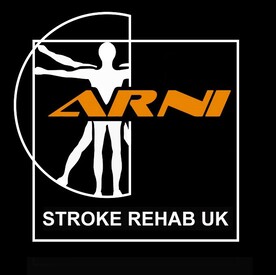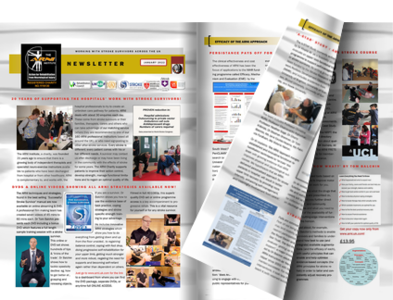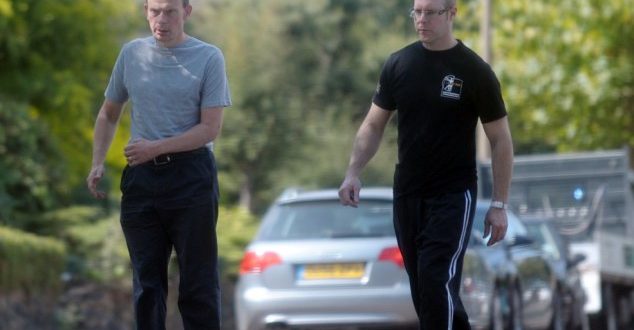“If we could put exercise into a drug, it would be one of the most effective medications to prevent vascular disease and treat patients with cardiovascular and cerebrovascular diseases including stroke.” Yep. And this statement is reinforced by the finding that exercise interventions are significantly more effective than drug treatments in both rehabilitation and reducing the odds of mortality among stroke survivors.
Chronic inactivity related to stroke basically has a whole load of physiological consequences that result in cardiovascular deconditioning, increased cardiovascular risk and increased mortality and morbidity risk.
The majority of survivors are cardiovascularly unfit. It has been found that due to the effects of stroke, you can even be rendered half as cardiovascularly fit compared to someone who has not had a stroke.
This can be worsened by a pre-existing cardiovascular condition, such as hypertension, congestive heart failure, peripheral vascular disease, or pulmonary and metabolic diseases. This is the bad news. The good news is that the evidence now also suggests that your exercise train-ability may be comparable, in many ways, to that of your age-matched healthy counterparts.
Despite the fact that the energy expenditure required for you to perform routine walking varies with the degree of weakness, spasticity, training, and AFO usage.. and is elevated by one and a half to two times that of non-stroke subjects…you can increase your cardiovascular fitness by a magnitude that is similar to that of healthy adults who engage in endurance training programmes. Improving aerobic fitness may allow you to carry out everyday activities with less effort and for longer periods.
So you’ve got to be active, right? There’s another crucial factor you need to know. There is growing evidence that exercise promotes brain neuroplasticity. Neuroplasticity mediates cognition and the relearning of motor skills and other skills after stroke. Brains learn what they do. Remember, the brain loves repetition. Cardiovascular exercise is repetition.
And for such adaptation to happen optimally, you must be prepared to do some focused work with whatever movement you possess (with some caveats, to be explained shortly), even if you believe you have none at all. Over and over again, with as much attention to detail as you can muster.
We’ll have a look at programming for cardiovascular fitness in further posts (watch out for my tips and hints coming shortly!).
But the take-home from this post is that I want you now to think of yourself as a CREATIVE stroke survivor. Take walking. Repetitions are required but ALSO you need to set goals and targets (actually, like me, you’ll find these are fast-moving targets): to get away from supports like wheelchairs, frames and sticks as soon as possible, to go further, to go for set distances, to feel less tired each time, to ramp up the quality of your walking by focusing on how you walk, to walk over different surfaces, to walk with an AFO and without, to tackle stairs, etc. etc.
Time to make a move! Get professional help if you need or ‘go-it-alone’. If you are setting up to ‘retrain’ by yourself, when attempting walking practice, dependent on your presentation, at least collar a young and strong family member or friend to help you. No-one will mind, especially when they see you making a darned good effort. The world is yours.



